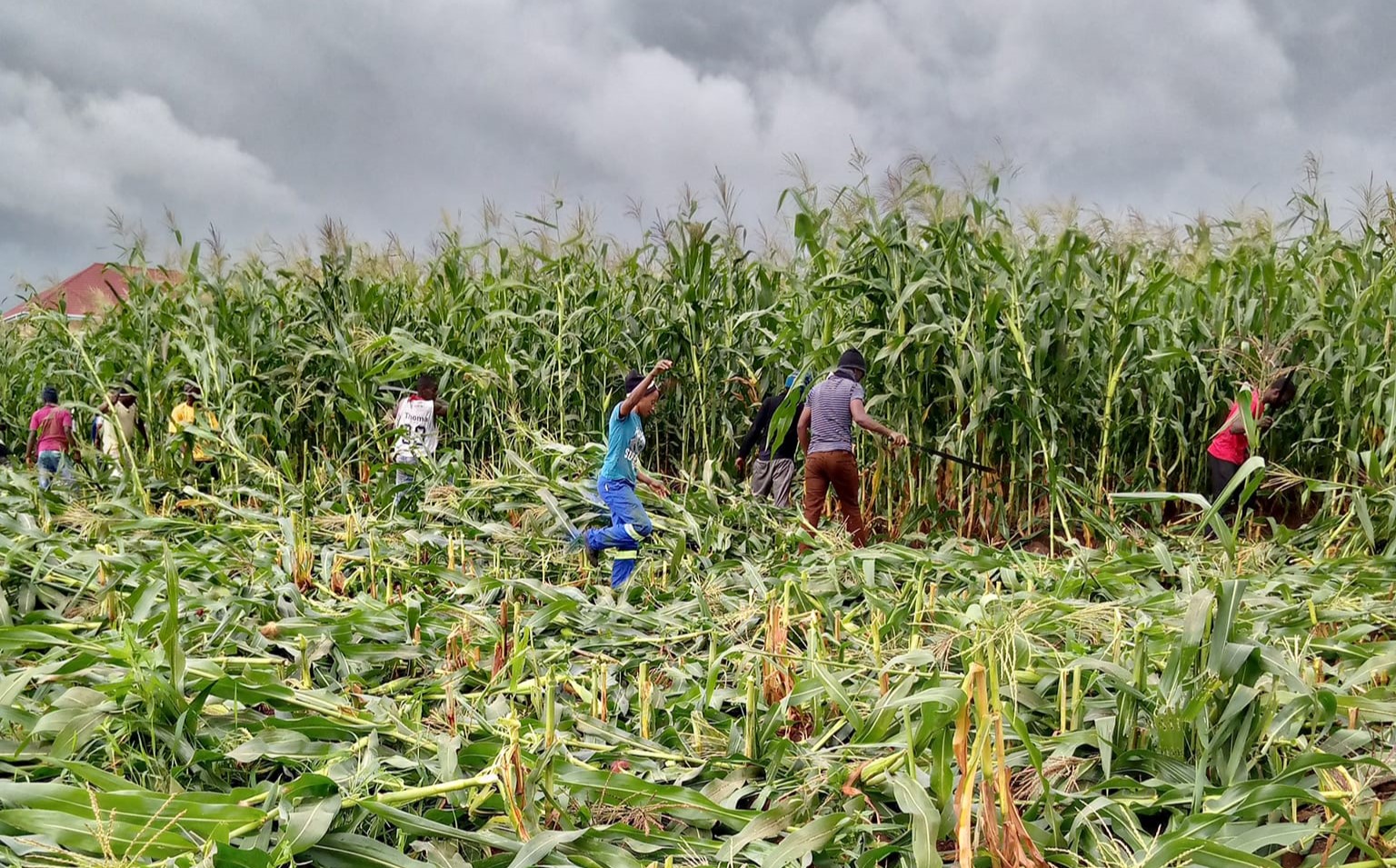Inflation is moderating, but for how long?
Since April when Malawi started harvesting maize—the staple grain that contributes 50.2 percent to national inflation (the rate of increase in prices over a given period of time)—the general rise in prices has been moderating.
The moderation was largely because as the grain’s supplies increased, prices started falling from a high of over K200 per kg before the harvests in February/March this year to roughly K85 in May, the peak of the cereal’s marketing season.
The strengthening of the kwacha against world currencies also added to the dampening effect on the inflation rate as less kwachas were being pumped into the market to fetch the green buck and imported goods started to cost a little less.
Tighter monetary policy from the Reserve Bank of Malawi—including leaving interest rates high at more than 40 percent—also helped to foster price stability and continued to support the kwacha’s integrity and, therefore, its value.
And, of course, government found a clever way of holding down fuel prices and their cost-push effects without being seen to have suspended the automatic pricing mechanism.
As a result, in May 2013, headline inflation fell to 31 percent from 35.8 percent in April 2013 after months of persistent rises.
During the period, urban inflation softened by 2.6 percentage points to 39.4 percent from 42 percent and the rural inflation rate gave up 1.6 percentage points to 29.6 percent from 31.20 percent.
Most tellingly, food inflation shed just 0.70 percentage points from 27.60 percent to 26.90 percent whereas non-food inflation decreased by 2.0 percentage points from 38.60 percent to 36.60 percent, which could suggest that businesses had somewhat responded to the strengthening kwacha.
But now there seems to be inflation troubles on the horizon. In June, the kwacha depreciated against all major currencies.
As at June 30 2013, the kwacha was trading at K335.52 to $1 (1.9 percent decrease over May), K511.97 to the British pound, (2.1 percent drop), K33.74 against the South African rand (2.9 percent decrease) and K437.45 against the euro (1.8 percent fall), according to Nico Asset Managers.
The slackening kwacha—returning towards the end of the marketing season for tobacco that wires in nearly 60 percent of Malawi’s total foreign currency income—signals that the local currency should brace for further battering as the forex lean period approaches.
The price of maize has started inching upwards again; currently fetching K105 per kilogramme as the harvest season fades away and paves way for supply shocks that are set to come from inadequate maize amid increasing demand.
Government has already admitted that the staple grain will be in short supply again and has since announced that it will import maize to supplement the national harvest.
But government’s attempts at dealing with the supply side of the maize equation may not bring down prices, let alone prevent price hikes.
Nico Asset Managers calculates that although maize prices have gone down considerably from their record peak of more than K200 per kg, this year’s prices are still 122 percent higher against the same period last year.
Given this scenario and the fact that maize prices can only go up, the negative effect on inflation could be serious.
The National Food Reserve Agency (NFRA) run out of maize in May this year yet its core function is to procure, store and release maize to help address problems of food insecurity resulting from drought, floods, crop failure, pests, diseases or other natural disasters.
The agency was also set up to help in maize price stabilisation to protect smallholder farmers and consumers from exploitation by private traders.
Now, how does the agency help stabilise maize prices when it does not have the grain? I know that NFRA has started buying some maize with a budget allocation of K1.3 billion and that donors will help stock maize worth $12 million (about K4 billion).
This amounts to only K4.3 billion, yet NFRA says it needs K18.3 billion to buy 110 000 metric tones of maize, quantities seen as capable of allowing the agency to effectively play its cushioning role!
As it is, NFRA needs K14 billion more and no one knows where or when they will get it given that this was not budget for.
Even if government somehow manages to raise this money, I doubt that they will find any maize lying around because most of it has already been snapped up by grain traders who will charge Capital Hill a fortune for it.
Importing—as announced—also brings its own challenges. It is likely going to be expensive and a drain on foreign currency heading into the lean period.
This will further exert pressure on the kwacha as maize prices climb to the roof, carrying with it the monstrous beast that is inflation, which takes pride in devouring the poor, who also happen to be the majority voters!



